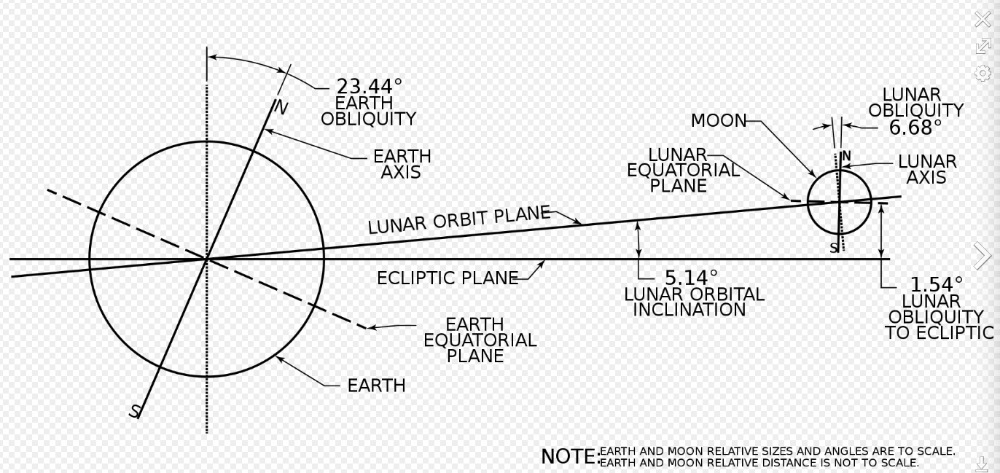Buck Moon

A genuinely pretty day emerged from the bright sub-70 Piedmont dawn. The dew point is creeping up. It is a nice summer day, despite all the rest of the alleged news. We started this morning with continued reports on the Chinese real estate market. Some say it is a product of generational change and long-standing demographic trends. Similar in some ways to the way Japanese real estate bubbled up in the 1990s and collapsed. Given all the other stuff, it is hard to sort out what to put in the basket of significant stuff. There is much more, of course.
We talked about a world health problem looming for the non-productive world this harvest season. It is one of several Health-related issues in play, though the most simple of them- and the most painful- is going to be hunger. Will it affect America? The simple answer is both “yes” and “no,” so we will see how the implementation of two major Global Policy issues has a sort of equal and opposite effect. Energy is at the root of both, in terms of oil and fertilizer. As you know, we are implementing major and fundamental changes in thing like how we stay warm, move about, and what we are able to purchase (or grow) for dinner.
Given the substantial nature of the prospective change on everything, you would think we might have thought this through a bit better, but time seems too short to do much thinking. Passion and logic appear to have the same impact that the “yes” and “no” combinations of direct impact are still uncertain. Consequently, we have looked up.
The Waning Super Moon of July is a delightful and completely natural event. Our full moon this July was significant enough to have its own name. Some local folks, and perhaps the small herd in our Refuge Farm Woods, call it the Buck Moon. It marks a couple cool things. It occurs shortly after our Lunar pal is her closest point to Earth in 2022. Known experts at NASA have a more sciency term for it, of course. They call it a “Super Moon.”
It is worth a look with a tall glass of something cheery as the full night comes on. Three days ago, at 0238 EDT, it was full and bright. Only ten hours later, according to NASA and not local astrologer Splash, the moon’s orbit made it approach to only 221,994 miles from Earth, or an even 222,000 from our home in Culpeper. In fact, the moon appeared brighter and larger through last night.

Splash had done his research and he spoke from under the awning out back. “The Moon’s closest point is called Perigee,” he said solemnly, “the full Moon appears about 17 percent bigger and 30 percent brighter than the faintest Moon of the year, or the Apogee, which occurs when it’s farthest from Earth in its orbit.”
Buck is our retired Economist. He is good with big numbers and how they change. Sometimes he can change them himself. He is comfortable using NASA’s numbers for this cycle. Until next year, anyway. He ceased trusting the ones from the Federal Reserve some time ago, so we have all adopted a certain flexibility with ordinary Government numbers. But for a while, the Moon is going to back off. The Staff of the Writer’s Section has made a commitment to do the same with all the numbers we are going to see for the next few months, at least while the moonlight is bright enough to read them.
Copyright 2022 Vic Socotra
www.vicsocotra.com
